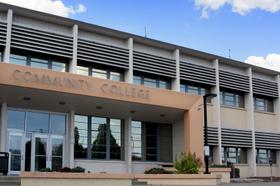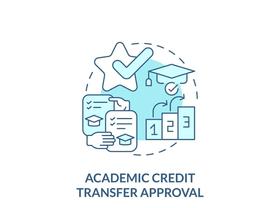Some community colleges struggling with slashed budgets can rejoice, with $500 million in grants issued to these educational institutions. The grants will be provided through the Trade Adjustment Assistance Community College and Career Training initiative and the U.S. Department of Labor to prepare qualified, skilled workers for various in-demand industries. The initiative is part of a larger goal by the White House to expand the role of community colleges in building a workforce in America that is prepared to handle the needs of a global economy.
The grants were announced by Labor Secretary Hilda L. Solis, according to a press release on the United States Department of Labor website. A total of $500 million in grants will be issued to community college across the country that has demonstrated the ability to gear training programs to the needs of the area workforce. A total of 297 schools will receive grant funding, either individually or through consortiums. Schools can use the funding as needed to expand workforce programs through additional staff, resources, and learning materials.
This video offers an overview of the job training programs a community college offers.
Purpose of Job Training Grants
Solis explained in the Los Angeles Times that this funding would be used to restructure the priorities at community colleges across the country. In order to remain competitive in the new global workforce, American students must receive appropriate






















